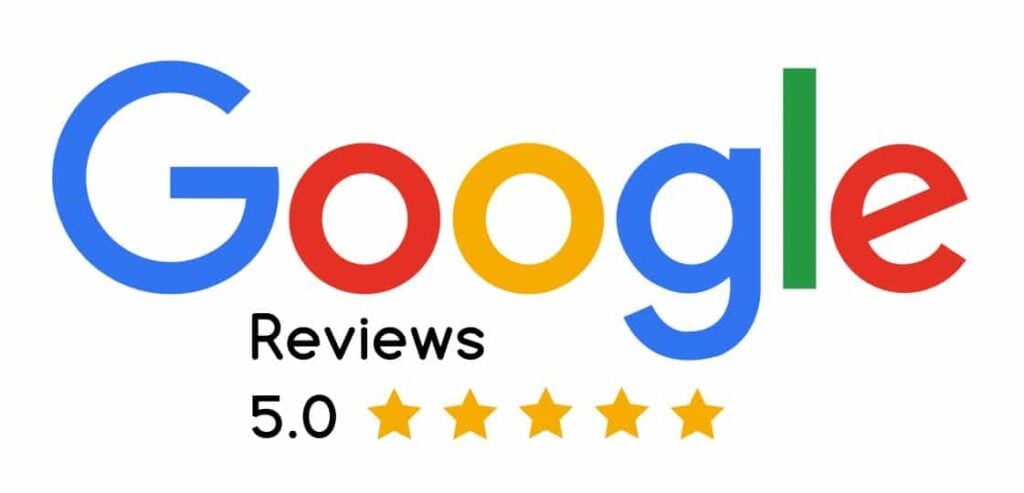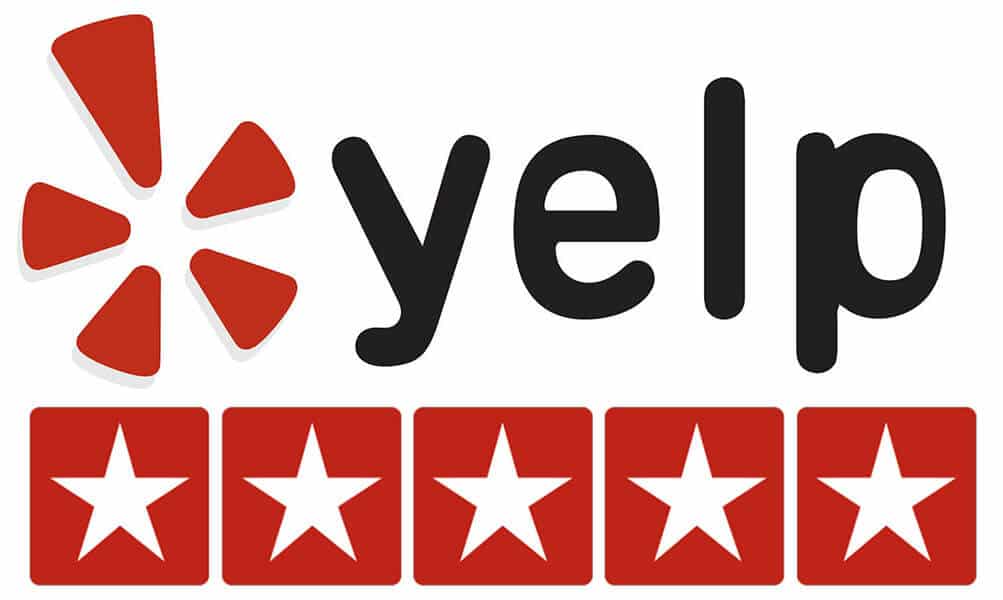Flood Insurance
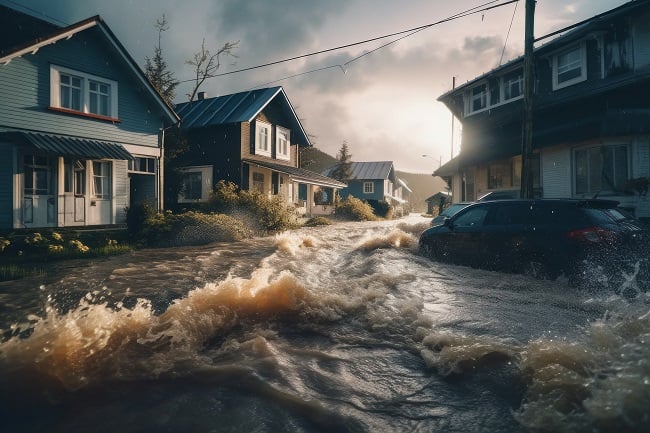
At LoPriore Insurance, we prioritize your protection, ensuring you’re well-prepared for any flood-related challenges that may come your way.
Options Below
Massachusetts Flood Insurance
Quote Options
Request Flood
Insurance Quote
For a flood insurance quote, simply click the button below. We will contact you to discuss coverage options and discounts.
Upload Your
Current Policy
Already have a policy? Easily upload your insurance policy so we can explore and compare true apple-to-apple options.
Talk To An
Agent
Need assistance or have questions? Our agents are happy to help. Please call to discuss your insurance needs.
Request Flood
Insurance Quote
For a flood insurance quote, simply click the button below. We will contact you to discuss coverage options and discounts.
Upload Your
Current Policy
Talk To An
Agent
Massachusetts Flood Insurance
Lopriore Insurance Agency
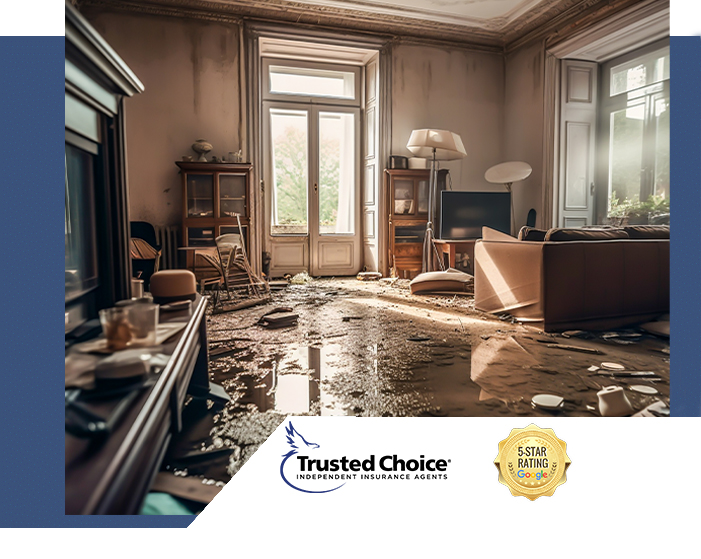
At LoPriore Insurance Agency, we know the significance of safeguarding your assets from the unpredictable forces of nature. Flood Insurance is designed to protect you from the financial aftermath of flooding incidents. As a property owner, you face potential risks from natural disasters like floods, which can cause extensive damage to your property and belongings. To ensure your peace of mind, having the right insurance coverage is crucial.
At LoPriore, our motto, “We make insurance easy for you,” reflects our commitment to simplifying the insurance process, making it hassle-free and efficient. Our team is here to assist you, whether you’re a seasoned property owner or a new one. You can rest assured that your property and assets are protected with a Flood Insurance policy that offers comprehensive protection.
Understanding the Importance of
Flood Insurance
Flood insurance provides financial protection to property owners and renters against the damages and losses caused by floods, ensuring they can recover and rebuild after such natural disasters. It is essential, especially for properties located in flood-prone areas, as standard insurance policies typically do not cover flood-related damages.
Flood insurance is a specific type of insurance policy that covers damage caused to your property (both the structure and contents) by flooding. Floods can result from heavy or prolonged rains, coastal storm surges, snowmelt, blocked storm drainage systems, and more. Flood Insurance can help pay for repairs to the structure, replacement of personal belongings, and sometimes even temporary living expenses.
If your home or business is located in a flood zone or high-risk flood area. Flood Insurance is reccomended to safeguard your property and belongings from the devastating financial consequences of floods. Note standard insurance policies typically do not cover flood-related damages.
Homeowners with federal (FHA) mortgages are required to purchase flood insurance. However, it’s important to remember any homeowner can benefit from the protection provided by a flood insurance policy. Many homes outside of high-risk areas are damaged by floods each year.
Navigating the Waters
Personal FLood vs. Commercial Flood
Building Coverage: This helps pay for repairs to the physical structure of your home if it’s damaged by a flood. This includes the foundation, electrical and plumbing systems, HVAC equipment, water heaters, built-in appliances, and more.
Contents Coverage: This covers personal belongings inside your home such as clothing, furniture, electronics, and some portable appliances.
Property Devaluation: In some policies, a decrease in property value post-flood might also be covered.
Building Coverage: Covers the main building and its foundation, electrical and plumbing systems, HVAC, and other equipment.
Contents Coverage: Protects office equipment, inventory, and other assets inside the building.
Business Interruption: Can help compensate for lost income if your business is forced to close temporarily due to flood damages.
Exterior Property: May include things like landscaping, signs, and parking lots.
How To Buy Flood Insurance
When looking into flood insurance, you will have two options to purchase an insurance policy. Flood Policies can be purchased through the National Flood Insurance Program (NFIP) or a private flood insurance company. Both serve the purpose of protecting your property from flood damage, but there are key differences to consider with each of them.
Types of Flood Insurance in Massachusetts
NFIP - National Flood Insurance Program
Private Flood Insurance
Tips for buying Flood Insurance in Massachusetts
When insuring your property, it’s essential to make well-informed decisions to ensure your operations and assets are adequately protected. Here are some crucial tips to consider.
How much does Flood Insurance Cost?
The cost of flood insurance varies depending on factors such as the property’s location, flood risk level, coverage limits, and the type of policy (NFIP or private). Premiums for properties in high-risk flood zones are generally higher than those in low to moderate risk areas. On average, NFIP flood insurance costs around $700-$1,000 annually, but private flood insurance may offer more comprehensive coverage options with varying premiums. To determine the exact cost for your property, it’s best to consult insurance providers or a local agent, who can assess your flood risk and provide personalized quotes based on your specific needs.

And Limits
Click on Item
Factors that Affect The Cost Of Flood Insurance
The cost of flood insurance is determined by factors such as the property’s flood zone, coverage limits, deductible, building characteristics, and location. Other factors, including the policy type (NFIP or private), flood history, government subsidies, and availability of private insurance, also play a role in influencing flood insurance premiums.
Flood Insurance Coverage Details
Flood insurance coverage provides essential financial protection for your property and belongings in the event of a flood. This comprehensive policy safeguards against flood-related damages, giving you peace of mind and ensuring you’re well-prepared to recover and rebuild after a flood event.
What's Covered By Flood Insurance?
The insurance policy provides coverage for direct physical losses caused by floods. It also includes losses resulting from flood-related erosion, which occurs due to excessive waters accompanied by severe storms, flash floods, abnormal tidal surges, or similar events that lead to flooding. Additionally, damages caused by mudflows, if they result from flooding, are covered as well. The policy extends coverage to protect the building itself, including its foundation elements, posts, pilings, piers, or any other support systems for elevated structures.
Building Coverage
Property coverage for the structure in a flood insurance policy specifically refers to the protection against flood-related damages to the physical construction of the building. This typically includes:
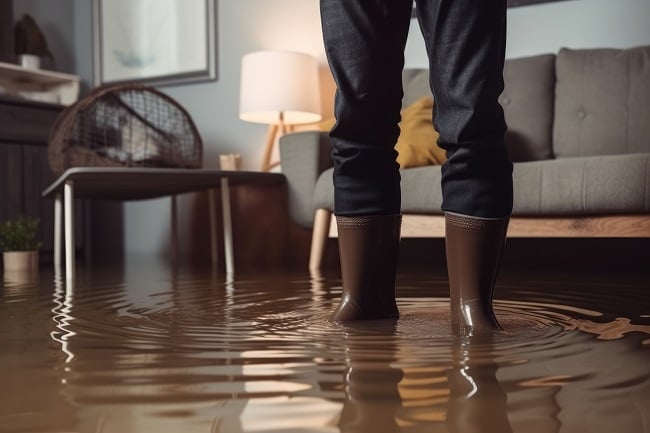
Contents Coverage
Personal property coverage within a flood insurance policy refers to the protection against loss or damage to personal belongings due to flooding. This might include:
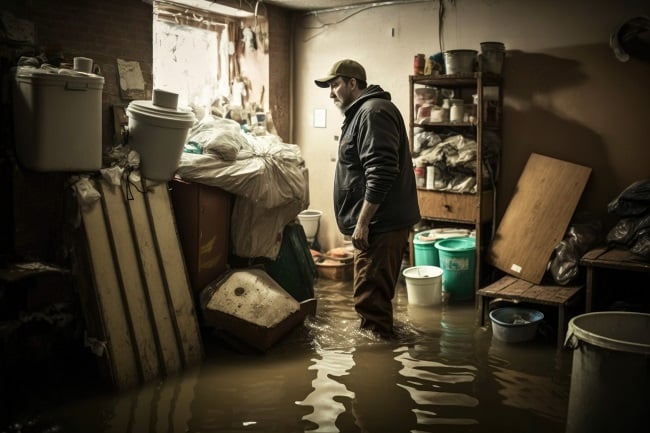
What's Not Covered By Flood Insurance?
Flood insurance does not cover most buildings located entirely over water, such as boathouses. Additionally, it excludes coverage for structures other than buildings, such as fences, retaining walls, swimming pools, and underground structures, as well as walkways, decks, driveways, and patios located outside the main building. However, the policy does provide coverage on an actual cash value basis for the contents (personal possessions) inside the building. It’s important to note that valuable items, such as artwork, rare books, jewelry, and furs, and personal property used in business, are limited to a maximum coverage of $2500.
Don't Get Washed Away
Get Your Flood Insurance Quote Now!
Protect your property from the unexpected with flood insurance coverage. Get a personalized flood insurance quote today and ensure your peace of mind against the financial impact of floods. Safeguard your home and belongings with reliable flood insurance – act now!
Don't Get Washed Away
Get Your Flood Insurance Quote Now!
Protect your property from the unexpected with flood insurance coverage. Get a personalized flood insurance quote today and ensure your peace of mind against the financial impact of floods. Safeguard your home and belongings with reliable flood insurance – act now!
Replacement cost versus Actual Cash Value
Replacement cost versus
Actual Cash Value
When considering insurance coverage, two terms you’ll often encounter are Replacement Cost (RC) and Actual Cash Value (ACV). These terms refer to how a claim is valued and can have a significant impact on the amount you receive if you need to file a claim. Here’s how they differ
Already Have Insurance Upload Your Policy
Switching Your Insurance Made Easy!
Upload Your Current Insurance Policy to Compare & Save!
What’s The Advantage of Comparing My Insurance Policy?
When you send us a copy of your policy, our team has an opportunity to get a snapshot of your current insurance coverage, discounts, and added riders on your existing insurance policy.
Where Do I Find a Copy of My Insurance Policy?
Insurance companies send you a copy of your insurance policy annually and if any changes to your policy have been made during the year. However, if you are unable to locate your policy, your insurance company or insurance agent should be able to send you a duplicate copy via email, fax, or mail.
What Happens When You Upload Your Policy?
Once we receive your uploaded policy one of our team members begins reviewing your policy. We will then contact you to discuss your coverage options. Every insurance company has different underwriting guidelines and offers different coverages and rates. Be advised while we try our best to quote with the information provided it still may be necessary to obtain additional information from you to prepare the most accurate rate.
Extra Security, Extra Peace of Mind
Ready to secure your property from flood risks? Get a free flood insurance quote today and ensure your home and belongings are protected against the unexpected. Discover the coverage options tailored to your needs and take the first step towards safeguarding your future. Request your free quote now!
Quote Request Form
Flood Insurance FAQs
No, all homeowner’s insurance policies specifically exclude coverage related to flood loss.
No, flood insurance is excluded from all business insurance policies.
Yes, that’s why it’s important to have flood insurance in place before you need it. There is a standard 30-day waiting period for new applications and endorsements to increase coverage. The only exception is when you’re purchasing homeowner’s insurance as a condition for a mortgage loan, in which case it will be effective upon closing.
A flood insurance elevation certificate is a document used by the National Flood Insurance Program (NFIP). The document uses your location, building characteristics, and lowest floor elevation to estimate your flood risk.
Yes. Standard flood deductibles begin at $500. You may have a higher deductible if you’ve chosen a flood insurance policy with lower monthly premiums.
Mold damage is covered when caused by the after-effects of flooding. However, each case will be evaluated individually. Mold/mildew that existed prior to the covered event will not be covered, and property owners may be required to take certain measures after a flood to avoid mold damage.
The cost of flood insurance can vary dramatically. It typically depends on your flood risk level and the amount of coverage you need.
Still HAve Questions? Get Answers

